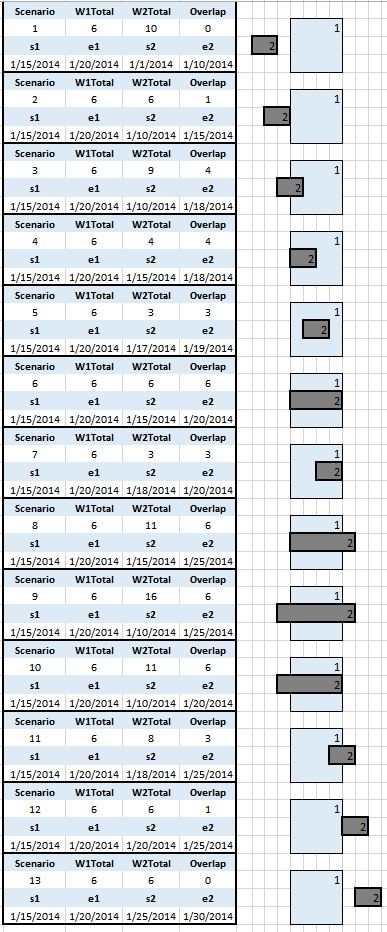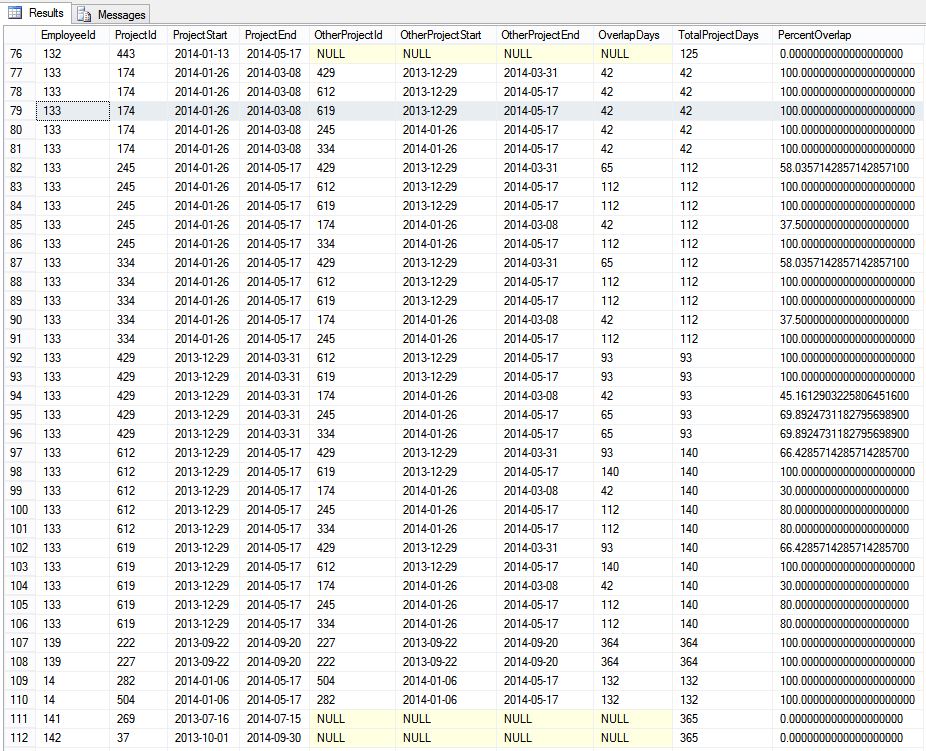|
1 |
originally posted 2015-01-27 |
The database backup is named like “Something_[1-x].bak”, where x is the number of backup file parts.
- $(DB) is the database name
- $(CHUNKS) is the number of backup file parts
- $(PATH) is the path of the first backup file (assumes all of the backup files are in the same directory)
|
1 2 3 4 5 6 7 8 9 10 11 12 13 14 15 16 17 18 19 20 21 22 23 24 25 26 27 28 29 30 31 32 33 34 35 36 37 38 39 40 41 42 43 44 45 46 47 48 49 50 51 52 53 54 55 56 57 58 59 60 61 62 63 64 65 66 67 68 69 70 71 72 73 74 75 76 77 78 79 80 81 82 83 84 85 86 87 88 89 90 91 92 93 94 95 96 97 98 99 100 101 102 103 104 105 106 107 108 109 110 111 112 113 114 115 116 117 118 119 120 121 122 123 124 125 126 127 128 129 130 131 132 133 134 135 136 137 138 139 140 141 142 143 144 |
:setvar DB "gazelle_demo" :setvar CHUNKS "1" :setvar PATH "H:\DatabaseBackups\Nightly\SQLA\Nightly\gazelle_demo_NPT_[1-1].bak" USE [master]; declare @error nvarchar(100); set @error = null; if exists(select * from sys.databases where name = '$(DB)') begin --if target database exists, disconnect users begin try ALTER DATABASE [$(DB)] SET SINGLE_USER WITH ROLLBACK IMMEDIATE; end try begin catch declare @dummy bit; end catch end begin try declare @chunks int; set @chunks = $(CHUNKS); declare @diskChunkSql nvarchar(max); set @diskChunkSql = ''; declare @count int; set @count = 1; while(@count<=@chunks) begin set @diskChunkSql = @diskChunkSql + 'DISK=''' + replace('$(PATH)','_[1','_[' + convert(nvarchar(10),@count)) + ''''; if(@count<@chunks and @chunks > 1) set @diskChunkSql = @diskChunkSql + ','; set @count = @count + 1; end --get default dir for data files declare @defaultDataDir nvarchar(512) select @defaultDataDir = convert(nvarchar(512),SERVERPROPERTY('instancedefaultdatapath')) --get default dir for log files declare @defaultLogDir nvarchar(512) select @defaultLogDir = convert(nvarchar(512),SERVERPROPERTY('instancedefaultlogpath')) --table of files contained by the backup set declare @dbFilesTab table ( [LogicalName] nvarchar(128) ,[PhysicalName] nvarchar(260) ,[Type] char(1) ,[FileGroupName] nvarchar(128) ,[Size] numeric(20,0) ,[MaxSize] numeric(20,0) ,[FileId] bigint ,[CreateLSN] numeric(25,0) ,[DropLSN] numeric(25,0) ,[UniqueId] uniqueidentifier ,[ReadOnlyLSN] numeric(25,0) ,[ReadWriteLSN] numeric(25,0) ,[BackupSizeInBytes] bigint ,[SourceBlockSize] int ,[FileGroupId] int ,[LogGroupGUID] uniqueidentifier ,[DifferentialBaseLSN] numeric(25,0) ,[DifferentialBaseGUID] uniqueidentifier ,[IsReadOnly] bit ,[IsPresent] bit ,[TDEThumbprint] varbinary(32) ) --table of new file named derived from the backup set declare @dbNewFilesTab table ( [LogicalName] nvarchar(128) ,[Ext] nvarchar(128) ,[Type] char(1) ,[Row] int ,[NewPhysicalName] nvarchar(260) ) --get files in backup set insert into @dbFilesTab exec('restore filelistonly from disk = ''$(PATH)''') --determine the distinct list of file extensions in the backup set declare @extensionsTab table ([Ext] nvarchar(3)); insert @extensionsTab select distinct right([PhysicalName],3) from @dbFilesTab --derive new names for each physical file in the backup set for the new location while(1=1) begin declare @ext nvarchar(3); set @ext = null; select top 1 @ext = [Ext] from @extensionsTab if(@ext is not null) begin insert @dbNewFilesTab ([LogicalName],[Ext],[Type],[Row],[NewPhysicalName]) select [LogicalName] ,[Ext] ,[Type] ,[Row] ,[NewPhysicalName] = case when [Type] = 'L' then @defaultLogDir + '$(DB)' + convert(nvarchar(2),[Row]) + '.' + [Ext] else @defaultDataDir + '$(DB)' + convert(nvarchar(2),[Row]) + '.' + [Ext] end from ( select [LogicalName], [Ext] = right([PhysicalName],3), [Type], [Row] = row_number() over(order by[LogicalName]) from @dbFilesTab where right([PhysicalName],3) = @ext ) as q1 delete @extensionsTab where [Ext] = @ext end else break; end --create a concatentated string of SQL that specifies the new names for each file declare @moveSql nvarchar(max) select @moveSql = stuff( ( select ',move N''' + [LogicalName] + ''' TO N''' + [NewPhysicalName] + '''' from @dbNewFilesTab order by [Ext],[Row] for xml path('') ),1,1,'') declare @sql nvarchar(max); set @sql = 'use [master]; restore database [$(DB)] from ' + @diskChunkSql + ' WITH FILE = 1, NOUNLOAD, REPLACE, STATS = 5, ' + @moveSql; exec(@sql) end try begin catch set @error = ERROR_MESSAGE(); end catch --if target database exists, re-enable connections begin try ALTER DATABASE [$(DB)] SET MULTI_USER; end try begin catch declare @dummy2 bit; end catch if(@error is not null) RAISERROR(@error,11,100) |


